Modern Day Hyderabad
Hyderabad is a melting pot of North and South Indian cultures. The culture of Hyderabad is quite distinct from the rest of Telangana and showcases strong Islamic influences inherited from the period of the Nizam rule. The impact of the Islamic culture is starkly visible on Hyderabad's architecture, food, lifestyle and language. This is more evident in the old city, while the new city represents a more cosmopolitan culture. Hyderabad has a rich tradition of literature and fine arts, with many museums, art galleries and exhibitions dedicated to the display of Hyderabadi heritage. Being multicultural, festivals of all ethnicities, be it Diwali, Eid or Christmas, are given equal importance and celebrated with a lot of pomp and brilliance.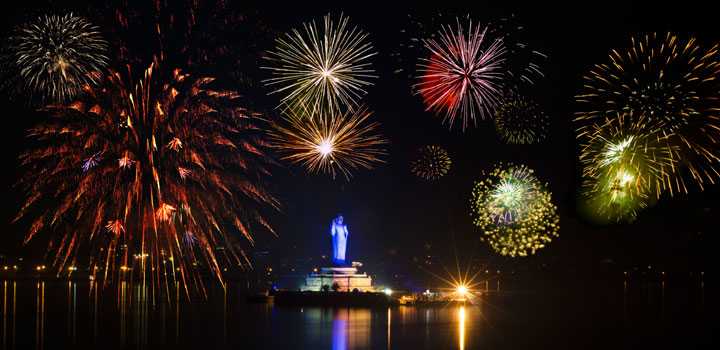
Local Language
Urdu was the official court language of the royals of Hyderabad. It is where Urdu developed in great prominence, and the dialect spoken primarily by the Muslim population was known as "Deccani Urdu" or "Dakhani Urdu". Due to the influence of Urdu, a distinct dialect of Hindi is also spoken in the city. Telugu has been another popular spoken language in Hyderabad for centuries and also serves as the native language of Telangana. Apart from Urdu and Telugu, English, Hindi, Tamil, Marathi and Gujarati is also spoken in the city as their respective speakers also reside in the city.Regional Clothing
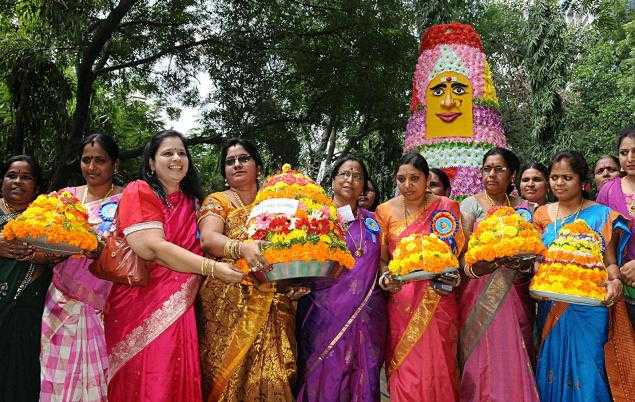
Traditional Cuisine
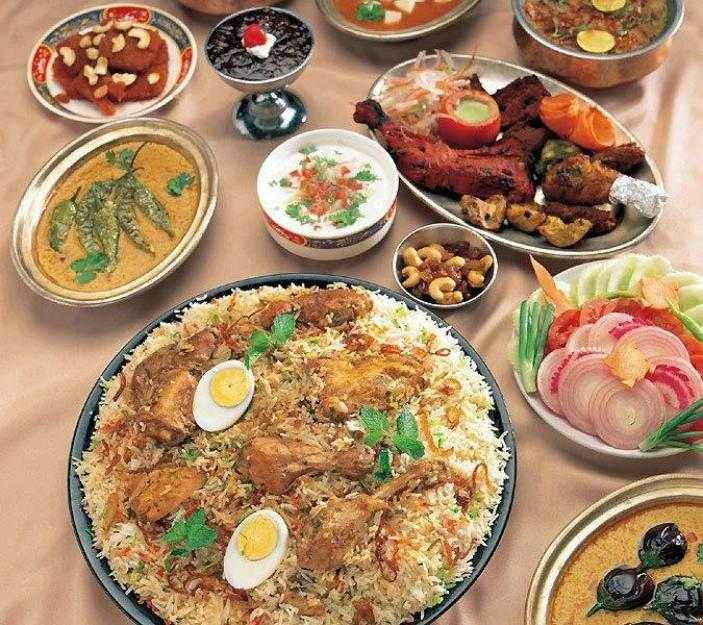
Pheni is a dessert eaten during the festival of Diwali and Ramzan, and Muslims traditionally prepare double ka Mitha and Haleem during the holy month of Ramzan. Irani Chai, Lukhmi, and Naancut Biscuits are other notable preparations of Hyderabad.
Arts
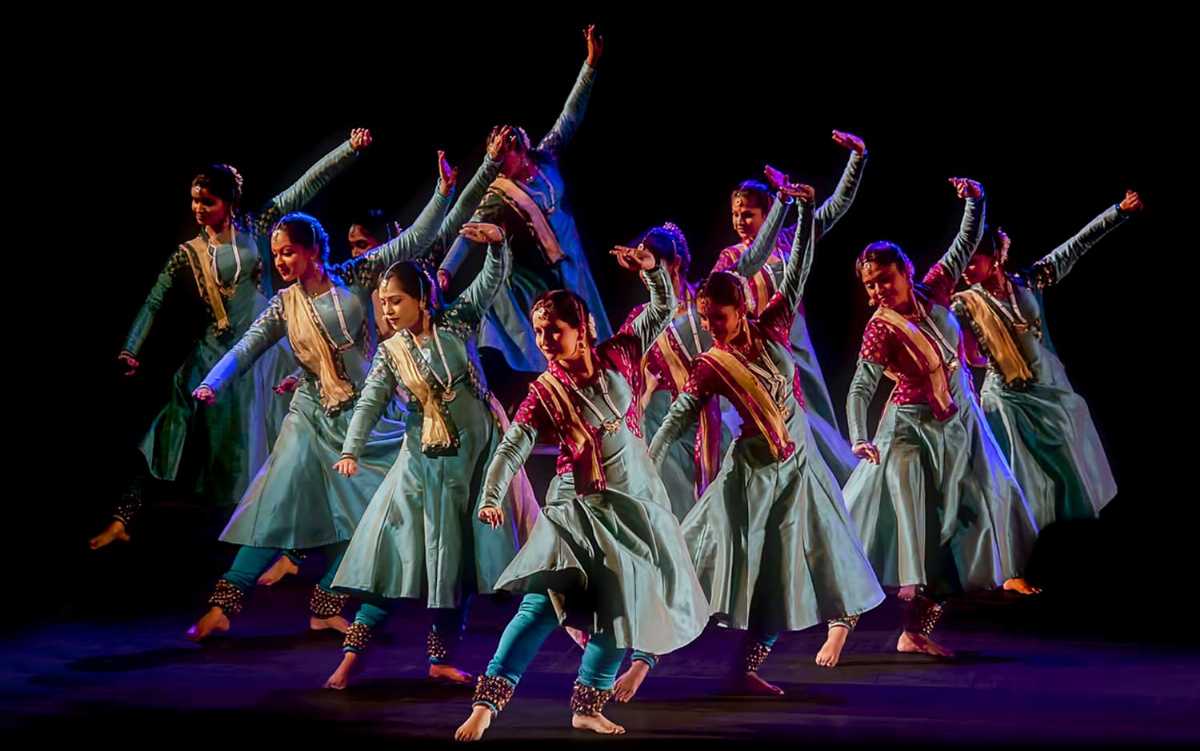
Architecture & Design
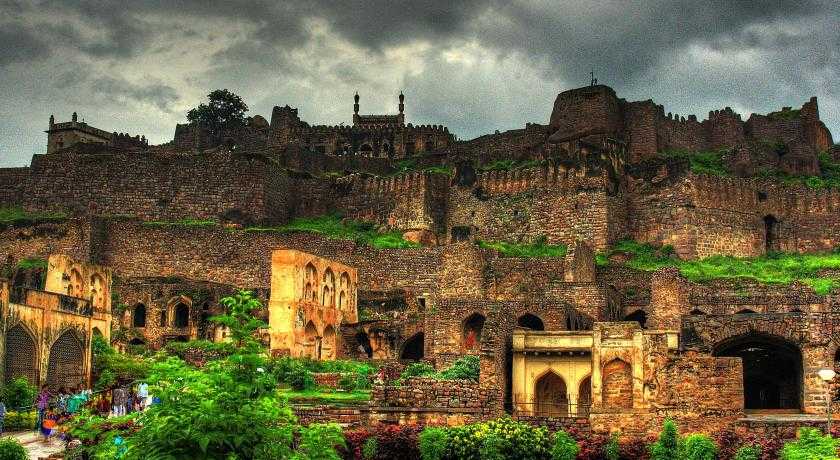
The Nizams applied European style of architecture in some of the palaces like Falaknuma, Chowmahalla and King Kothi. North Indian architectural styles are also visible in some buildings such as the Birla Mandir, which is a magnificent Hindu temple of Lord Venkateshwara, showcasing a blend of South Indian, Rajasthani and Utkala temple architectures.
Festivities
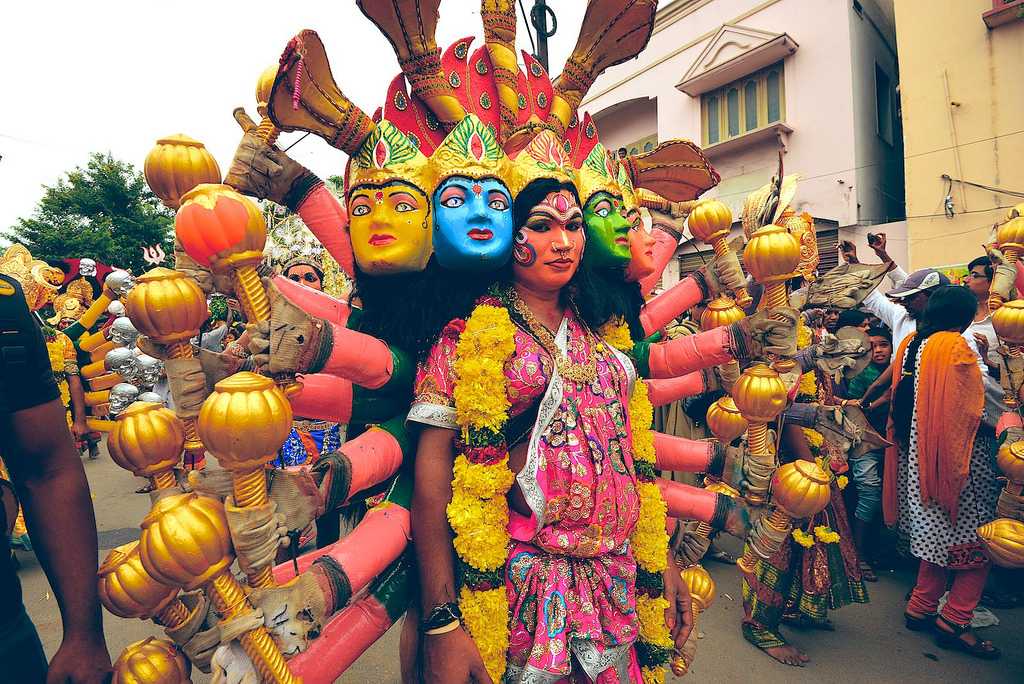
Vinayak Chaturthi is a prominent festival, which celebrates the birth of Lord Ganesha. Observed in March and April and also known as the Telugu New Year, Ugadi is another important festival in Hyderabad. People decorate their house entrances with mango leaves during Ugadi.
Cinema
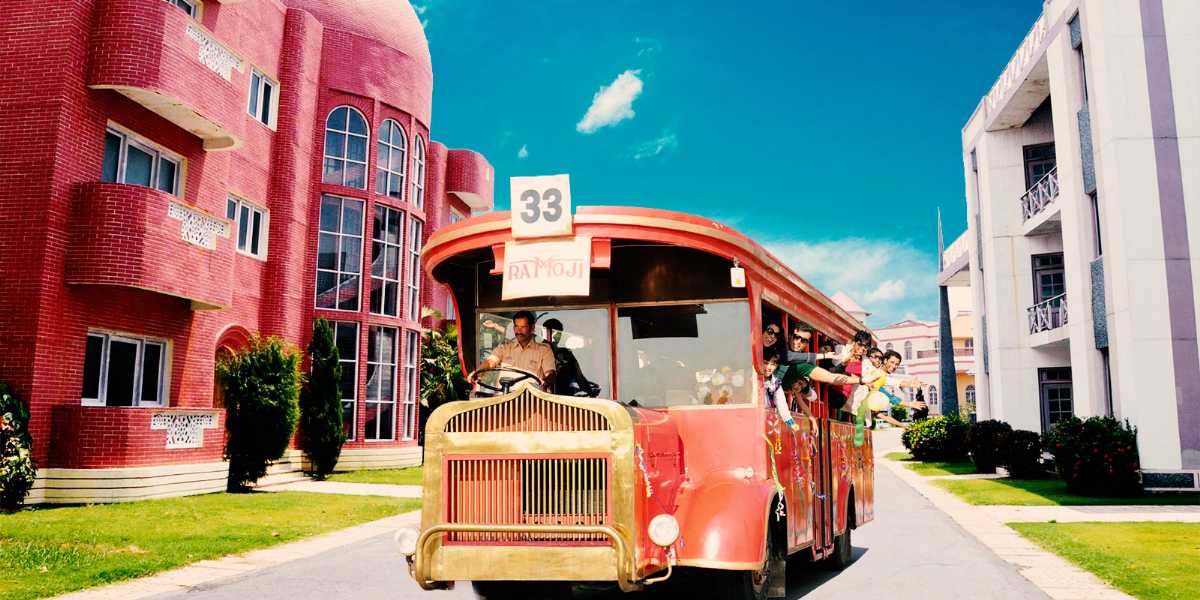
It is the major film production centre in Hyderabad and also hosts some of the most prominent film festivals in India such as the Busan Film Festival. It is a popular tourist destination, housing numerous attractions including an amusement park. This wonder is visited by around 1.5 million tourists each year.
Paintings
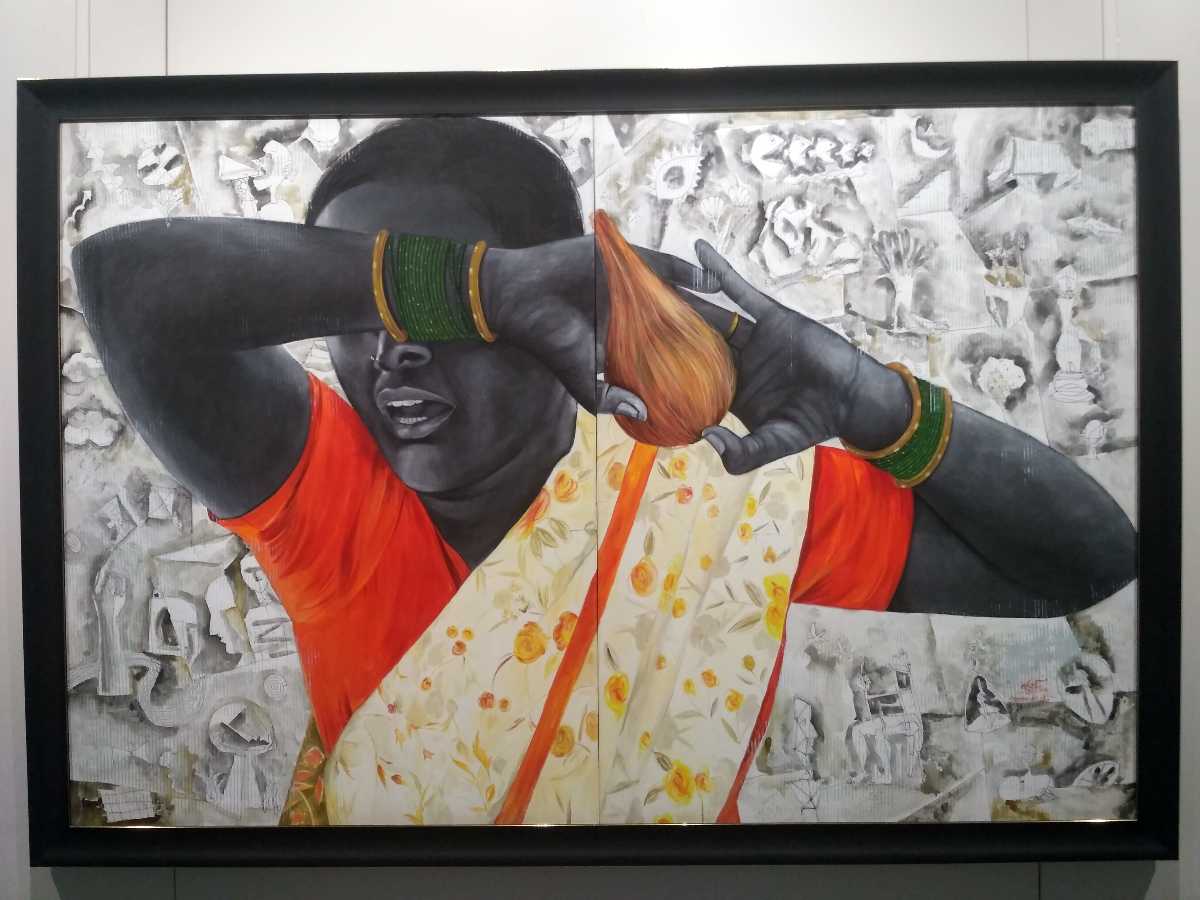
Some of these Deccani styled paintings depict some historical events of the region. A popular style of painting in the culture of Hyderabad, Kalamkari painting is an artisan textile work that involves painting cotton textiles. The ink is made from bamboo soaked in jaggery and water. The colours come from vegetables, fruits and natural dyes. The entire thing results in a vivid and beautiful painting, which can be bought from any handicraft stores in Hyderabad.
Renowned painters like M.F. Hussain and T Vaikuntam have been associated with the city. Lama Gaud, another well-known painter and Jagdish Mittal, a famous collector of Modern Indian art, also hail from Hyderabad.
Handicraft
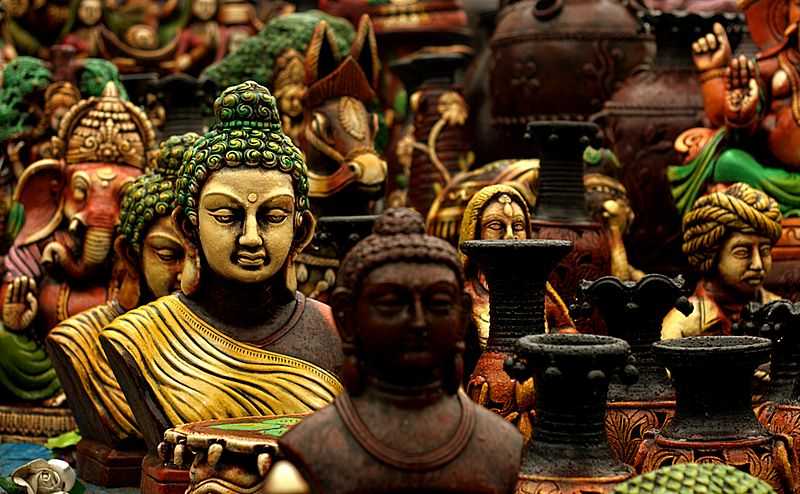
Today, Hyderabad accounts for the highest production of Birdriware in India. It is told that Iran migrants brought the art to the city. The name 'Birdriware' comes from Bidar, which is a nearby town in Hyderabad. It is basically engraving of silver on metal. This involves the usage of an alloy of copper and zinc, called gunmetal. Hyderabad is famous all over the world for its bronze castings. Exquisite skills are required to create these incredible idols.
Another handicraft tradition in Hyderabad is the Lacquerware. Cloud work, firework, tin foil decorations and pattern work are all the techniques used in making the Lacquerware. These can be easily found in the Salar Jung Museum and in the handicraft shops around Charminar.
Hyderabad is also known for silver filigree handicrafts, which involve precise jewellery metalwork, soldering of various threads of precious metals such as silver. The art provides not only wearable jewellery but also temple decoration items, decorative materials for boxes and jars, trays and other things.
Literature
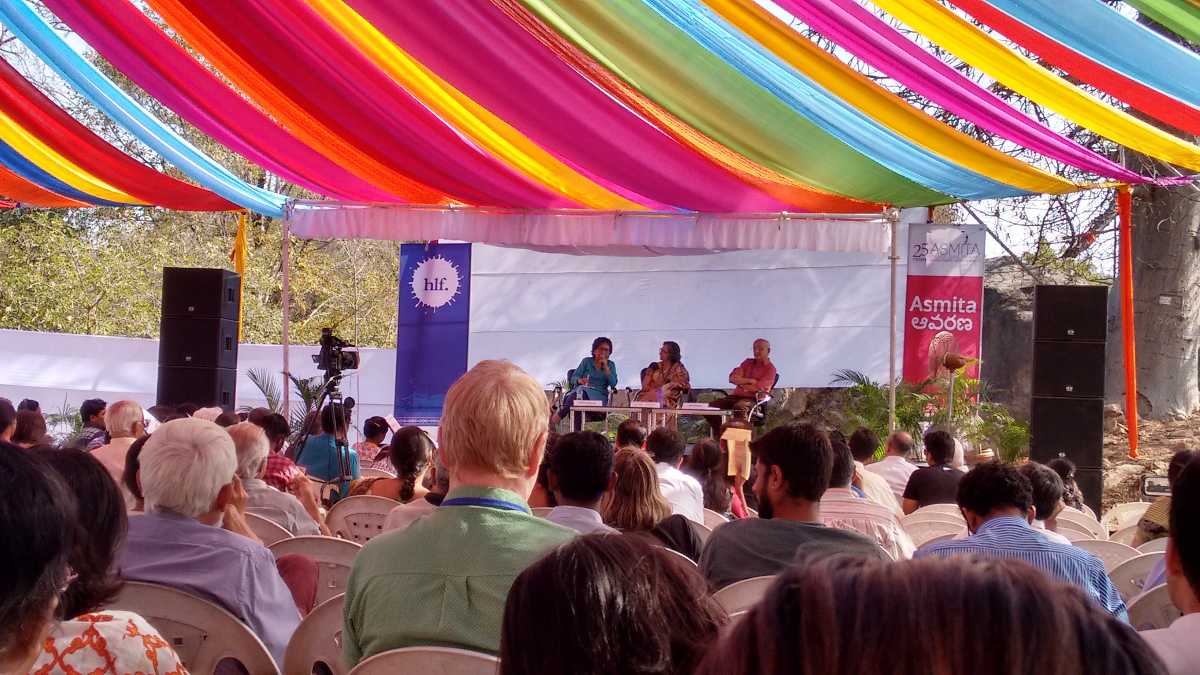
There are some hints of Arabian and Persian influences as well, which can be reflected in the poetic meters and the great quantity of renovated words. It was during the period of Nizams that Hyderabad saw massive literary growth. With the printing being invented and started in the city, the first collection of Urdu Ghazals, named Gazal-e-Mahlaqa by Mah Laqa Bai was published, in 1824 AD.
Nizam VII introduced many reforms such as the adoption of Urdu as a language of the court, administration and education. Hyderabad is the birthplace of many great scholars and poets. After the revolt of 1857, many scholars and poets who lost their patronage in Delhi made Hyderabad their homes.
Many scholars migrated to Hyderabad during the years that followed. Sarojini Naidu, who was born and brought up in Hyderabad, was an admirer of the Hyderabadi culture and has described her admiration in her work 'In the Bazaars of Hyderabad'. After independence, many organisations are working on the development of literary work such as Sahitya Academy, Urdu Academy, Telugu Academy etc.
Today, Hyderabad is a cosmopolitan city and is home to one of India's most thriving corporate and IT industries. Offices of multi-national giants like Google and Microsoft are present in the town. No matter how modern the city has become, the culture of Hyderabad still preserves its Nizami authenticity, flavours of its Biryani, the art of making pearl jewellery and the gift of making entertaining movies.
